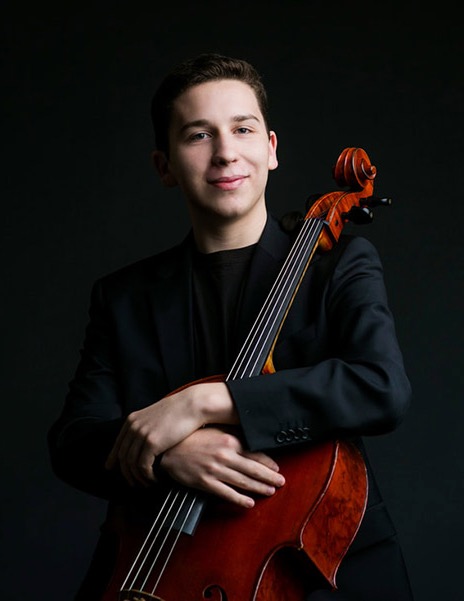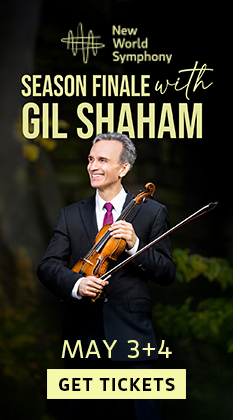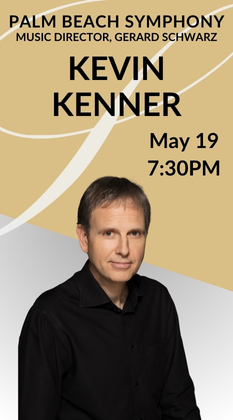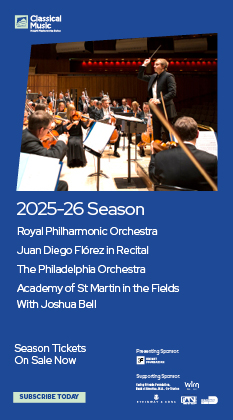Rising cellist joins New World members for venturesome chamber program
The New World Symphony’s opening chamber concert of the 2021-22 season was largely built around the young cellist Oliver Herbert.
Herbert, 24, is a recipient of an Avery Fisher Career Grant, a highly prestigious award whose past recipients include Joshua Bell, Hilary Hahn and Yuja Wang. He is also the son of two New World alumni: Adrienne Sengpiehl, a freelance violinist in the San Francisco area, and David Herbert, principal timpanist of the Chicago Symphony Orchestra.
Clearly an exceptional musician, he played with warmth and deep conviction in a Romantic work, joined the New World cellos to accompany dancers, and showed a high level of virtuosity in an oddball 20th-century concerto.
The concert opened with Schumann’s Fantasiestücke for cello and piano, a work originally composed for clarinet that the composer himself said could be transposed for other instruments.
With a rich tone that could quickly turn gruff, Herbert played with dreamy, free phrasing in the opening movement and playful, technically assured grace in the second. In the third, he dug in with his bow, producing guttural tones that suited the emphatic music.
At the piano was Thomas Steigerwald, New World’s piano fellow. He gave a sonorous account of the piano part, which with its rolling sounds resembled a lieder accompaniment, and played with supple, singing tones when the melody came his way.
The largest work on the program was The Holy Presence of Joan d’Arc by Julius Eastman, a minimalist composer who died 31 years ago and whose works have been undergoing a revival. A graduate of the Curtis Institute of Music, Eastman became prominent in the New York contemporary music scene but fell into poverty and drug addiction, dying in obscurity in 1990 at a Buffalo hospital.
Today, his music is performed more frequently and G. Schirmer is publishing his complete works. There were no extant copies of The Holy Presence of Joan d’Arc, however, so the piece had to be reconstructed from a recording (by cellist and composer Clarice Jensen).
The work was composed for 10 cellos, with Herbert joining the New World musicians for the performance. Their playing served to an added accompaniment of four dancers, choreographed by Kyle Marshall.
The music opened with elemental force, with the cellos hammering away in unison notes at the low end of their range. Solo cello tones rose above the galloping mass, in searing passages at the extreme upper range that felt written in acid.
The four dancers represented Joan d’Arc and three saints with whom she communicated. Vigorous gestures and movements appeared to express oppression and conflict, with quieter moments suggesting her spiritual intimacy with the three saints. The muscular force of the dance worked well with the music, which, with its minimalist repetitive patterns provided ample space for action on stage.
The concert included two short early works of Sibelius for brass ensemble. The Prelude from the Petite Suite of 1891 for brass septet featured bright, upbeat trumpet playing, performed by the ensemble with military precession and harmonic weight.
Tiera for brass septet and percussion was composed in 1898, a year before the premiere of Sibelius’s First Symphony. The work started dark and low, with a sense of mystery, then grew into a jaunty, rumbling march-like piece.
Neither work was particularly gripping, although they had some historic interest and contained phrases and harmonies that foreshadowed the Finnish composer’s symphonies to come.
Twelve-tone music can sound gray and somber. But that wasn’t the case for the contemporary British composer Hannah Kendall’s Vera for clarinet and strings. Opening with pizzicato in the strings, the work displayed a sense of playfulness and high spirits rarely found in other twelve-tone work. There were serious episodes, with dissonant, long-held chords that resolved into further dissonances. But the work’s jaunty rhythms kept returning, with the music lurching forward then pausing, like a car sputtering forward.
Clarinetist Jesse McCandless contributed piquant, agile playing in passages that reached the instrument’s upper register, as well as providing a deep luster to darker episodes.
The concert ended with the Concerto for Cello and Wind Instruments by the French composer Jacques Ibert. A short 1925 work with a dry, neoclassical tone, the work required a high level of technique from the soloist.
The orchestra conducted by Chad Goodman played the pleasant opening melody effectively, with the winds swelling as the tune progressed. The second movement had weird moments of drama, with shrieking wind chords that felt weighted with irony.
The last movement demanded a lot of technique from the cellist, with Herbert’s hand deftly zipping up and down the fingerboard and playing rapid double-stops in music that was full of high spirits. But the concerto lacked melodic, harmonic or dramatic interest, and Herbert’s talent would have better been displayed in more interesting music.
Michael Linville leads the New World Percussion Consort 7:30 p.m. Friday at New World Center. nws.edu
Posted in Performances
Leave a Comment
Mon Oct 25, 2021
at 12:20 pm
No Comments






